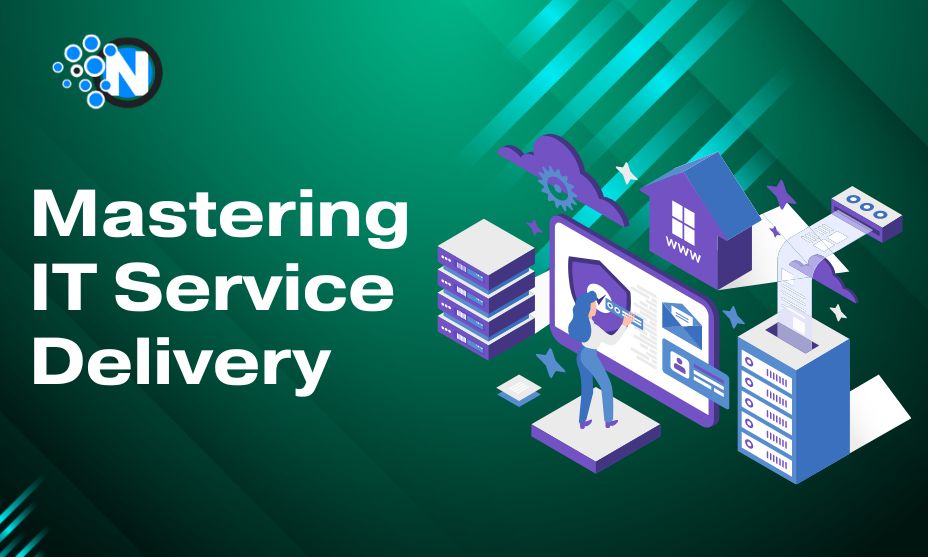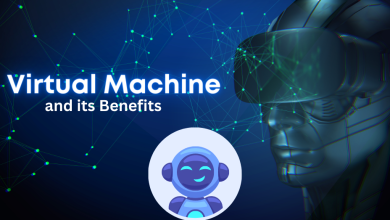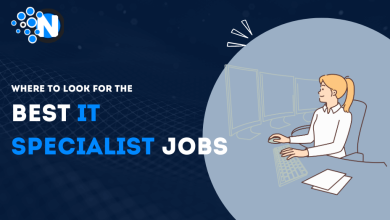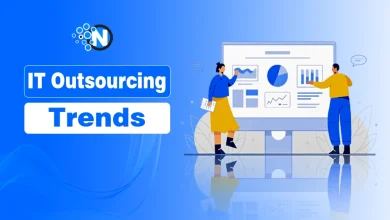Mastering IT Service Delivery: 5 Key 2024 Trends for Success

In the realm of IT service delivery, a seamless and customer-centric approach is the linchpin for sustainable success. I’ve often contemplated the essence of achieving excellence in this field, and through our journey at Opinov8, several trends and practices have emerged as pivotal in shaping a superior service delivery model.
1. Customer-Centric Philosophy as the Keystone
At the heart of exceptional IT service delivery lies the unwavering dedication to customer satisfaction. Processes, governance, and the quality of our services orbit around this core philosophy. Our pride at Opinov8 stems from a delivery model that guarantees predictability and consistency across diverse client interfaces.
The integration of robust process and program/project governance serves as the scaffolding for maintaining this consistency. It’s not solely about the individuals involved but rather about establishing a framework that allows for seamless scaling and substitution while ensuring uniformity across the board.
Furthermore, our proprietary Intellectual Property (IP) and meticulously curated Toolset, fortified over years, empower us to harness data-driven insights. This focus on transparency enables us to navigate project progression seamlessly, foresee potential roadblocks, and pivot engagements swiftly.
Embracing expectation management and cultivating planned, transparent customer interactions creates shorter feedback loops. This approach streamlines workstreams, curbing significant deviations from set scopes or expectations.
2. Harnessing Consistency for Optimal Results
Central to our success lies the deliberate cultivation of uniformity in our methodologies. As mentioned above, our consistent adherence to process and program/project governance is the linchpin that ensures seamless operations. This disciplined approach facilitates effortless substitution and scaling, enabled by the harmonization of our processes.
By embracing a unified framework across projects, we fortify our ability to swiftly identify potential challenges and chart effective roadmaps. The avoidance of a rigid, one-size-fits-all mindset plays a pivotal role in optimizing our delivery mechanisms. This strategic approach not only instils confidence in our estimations and timelines but also aligns closely with our commitment to tailored solutions for each client.

3. Blueprint for IT Service Delivery Planning
In our industry, the conventional response to challenges often involves a hasty allocation of resources, a practice that singularly exacerbates issues and significantly inflates costs for service providers. However, at the core of effective service delivery lies a meticulously laid-out framework, a set of guiding “rails,” if you will, that serves as the foundation for success. Planning assumes a pivotal role in establishing these rails, as it forms the backbone upon which our service delivery operates.
The significance of having a pre-existing, battle-tested approach cannot be overstated. This methodology ensures a consistent initiation for every engagement, yielding predictability and reliability in outcomes. This uniform starting point obviates the need for redundant internal checks, allowing us to channel our energies towards comprehensively understanding and fulfilling the specific client requirements.
By instilling confidence in our approach, we liberate ourselves from the confines of internal process scrutiny. Consequently, our focus shifts seamlessly towards interpreting and addressing the nuanced needs of our clients. Moreover, this established framework grants us the foresight to anticipate potential hurdles in the delivery process, such as the intricate impact of change requests on project timelines and cadence. Ultimately, this foresight empowers us to proactively strategize and navigate any deviations, ensuring a smoother and more agile delivery process.
4. Adapting Clear Communication in the Remote Work Era
Effective communication emerges as the cornerstone of resolution and client satisfaction. The mantra remains crystal clear: communicate, communicate, and communicate some more. However, the essence lies not just in the act of communication, but in its quality, precision, and strategic alignment.
Matching the individual handling the client side of the issue with an equivalent level of seniority on the service provider’s end holds paramount significance. This alignment ensures that the urgency and gravity of the complaint are met with due acknowledgement and seriousness. It’s about fostering an environment where the client feels genuinely heard and understood.
To truly address complaints, it’s imperative to transcend the veil of perception and engage authentically. Being present, both physically and in terms of undivided attention, underscores the commitment to resolving the issue. This proactive stance prevents the adoption of a passive role and cultivates an atmosphere of proactive problem-solving.
Moreover, employing the correct processes and maintaining meticulous documentation serve as the scaffolding for constructive dialogue. They pave the way for discussions rooted in data, eschewing emotional undercurrents. This data-driven approach facilitates pragmatic and solution-oriented discussions, devoid of subjective biases or conjectures. By relying on factual evidence and transparent documentation, we fortify our capacity to address issues with clarity and precision.
5. IT as an Enabler, Not Just a Cost Center
In the business landscape, there’s a persistent misconception regarding IT, often seen as a financial burden rather than a driver of progress and innovation within organizations. This misperception, shared by clients and senior stakeholders, undermines IT’s potential as a force for growth.
A key to changing this narrative involves understanding the differences between Capital Expenditure (Capex) and Operational Expenditure (Opex) in IT decision-making. Capex is for long-term investments like infrastructure, while Opex covers daily operational costs. Understanding this distinction is crucial for strategic IT planning.
Service providers must champion this shift. They should not just explain IT expenses but also emphasize IT’s role in driving growth and innovation. IT costs should be seen as investments for future-proofing and innovation.
Moreover, the shift to remote work has magnified IT’s importance. Remote setups rely heavily on IT for connectivity, security, and digital workflows. Thus, IT should be seen as a strategic partner rather than a mere support function.
To change this perception, service providers must align with IT leaders’ goals. They should focus on collaborative solutions that meet organizational objectives. Highlighting IT’s role in boosting productivity and enabling agile operations is crucial.
This article was written by Craig Wilson, co-founder and CEO of Opinov8




